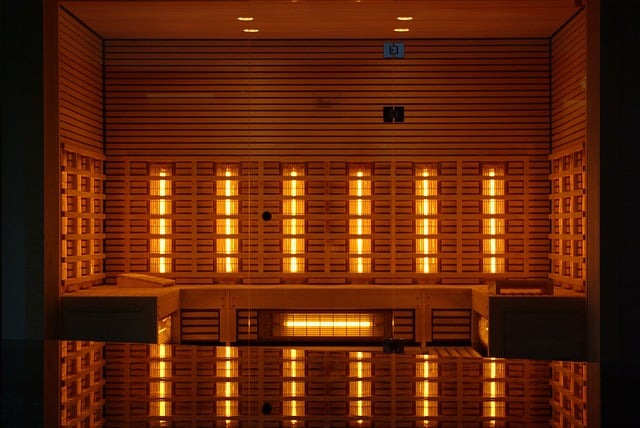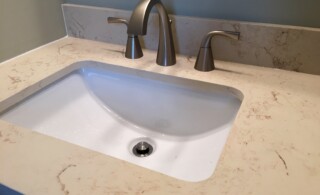
An infrared sauna is an excellent choice over traditional Finnish (or hot rock) saunas for a number of reasons. They’re more efficient, easier to install, and less expensive to purchase. And since the health benefits of the two are basically the same, it’s clear why infrared saunas have cornered a significant portion of the home sauna market.
Sauna 101
It’s important to understand the benefits of a sauna in general before delving into the differences between infrared and traditional saunas. Whether infrared or Finnish (i.e. steam), the basic theory behind saunas is that when you raise your core body temperature to extreme temperatures, you sweat and in turn expel unhealthy toxins from the body.
Learn more about the total home sauna cost.
Infrared vs. Hot Rock
Traditional saunas accomplish this feat by raising the temperature of the environment around you. Hence the heat and the steam. An infrared sauna, however, works on a different principle altogether. Infrared saunas take advantage of infrared heat, a form of invisible light wave that creates heat on all surfaces it comes in contact with (it’s why sunlight feels warm on your skin even on a cold day). An infrared heating element in the sauna produces infrared waves that heat up your core body temperature without significantly heating up the rest of the room.
Infrared Saves You Money
As you may guess, an infrared style sauna runs a little more efficiently than a traditional sauna. Not hard to imagine when you consider that the traditional sauna has to heat the whole room to get you to sweat, while the infrared version just has to heat up you. Compared to other savings, however, the energy advantage is relatively small. The big savings come in initial price and materials, starting with how they are built. Most infrared models come in pre-built kits that simply have to be fit into a home. Finnish models are usually custom undertakings, and carry a price tag to boot.
Cedar Isn’t Cheap
The other big reason infrared will save you money has to do with the fact that steam is a critical ingredient in traditional saunas. Because of that, special materials have to be used if you want a hot rock sauna to last. It’s why cedar has become the wood of choice for these rooms. Its natural oils help to repel water, resist rot, mold and fungus, and fight warping in high humidity environments. But cedar isn’t cheap, and using it drives up the price of these saunas significantly.
An infrared sauna, on the other hand, doesn’t use steam, and therefore just about any wood can be used with the exception of knotty pine (which will produce sap when heated to higher temperatures). This means big savings for you on the original purchase price.
With all these benefits and no real downside (just make sure you get a quality unit —this isn’t a purchase where you want to cut corners), it’s clear that infrared saunas aren’t just equal to the traditional ones, they are actually a smarter buy for many homeowners. Talk to a contractor who specializes in sauna and spa construction and maintenance about getting your new sauna project underway.
 Pedestal Sinks Create an Elegant Space
Pedestal Sinks Create an Elegant Space  How Up Flush Toilets Work
How Up Flush Toilets Work  Removing Bathroom Fixtures When Remodeling
Removing Bathroom Fixtures When Remodeling  How Incinerating Toilets Work
How Incinerating Toilets Work  Dual Flush Toilets
Dual Flush Toilets 

Are You Familiar With This Topic? Share Your Experience.